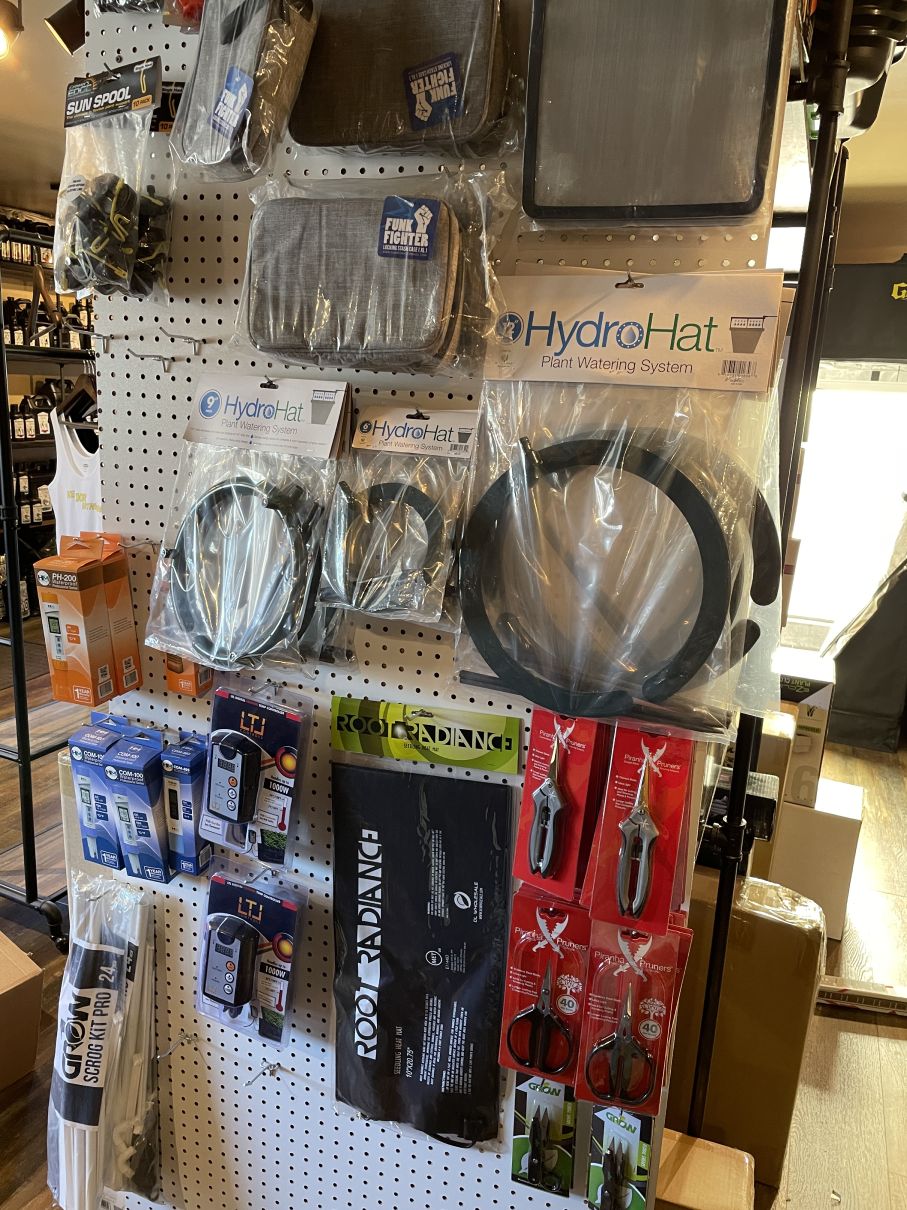Boost Your Gardening Game: Unveiling The Indoor Earthworm Planting Method
Boost Your Gardening Game: Unveiling The Indoor Earthworm Planting Method
Blog Article
Unlocking the Possible of Hydroponics: Understanding Its Makes Use Of and Various Kinds
Hydroponics, an approach of cultivating plants without soil, has actually garnered raising interest for its possible to reinvent agriculture and cultivation methods. The accuracy control over nutrient distribution, water usage, and environmental aspects supplies a glimpse right into a future where food production can be maximized in various settings. As we navigate with the detailed landscape of hydroponic systems and techniques, it ends up being noticeable that each approach holds distinct advantages and restrictions. By untangling the varied usages and sorts of hydroponics, we can uncover a globe of opportunities that might improve just how we envision sustainable farming and gardening methods.
Advantages of Hydroponic Solutions

One more benefit of hydroponic systems is the capability to expand plants in a smaller sized area. By removing the need for soil, plants can be grown up and down or in piled systems, optimizing making use of readily available room. This is specifically useful in metropolitan locations or regions with limited arable land. Hydroponic systems decrease the risk of soil-borne illness and bugs, as there is no soil to nurture these hazards. This brings about much healthier plants and reduces the requirement for hazardous pesticides, making hydroponic farming an extra ecologically friendly and sustainable alternative.
Typical Uses in Farming

Given the effective water conservation and space-saving advantages of hydroponic systems, it is obvious that these innovative agricultural methods have actually discovered common uses in various fields of agriculture. The controlled atmosphere of hydroponic systems allows year-round growing, providing a regular supply of fresh produce no matter of outside weather problems.
Hydroponics is typically made use of for expanding a range of crops, consisting of leafy eco-friendlies, tomatoes, cucumbers, herbs, peppers, and strawberries. Its versatility includes vertical farming, metropolitan agriculture, and greenhouse manufacturing. In addition, hydroponic systems are used in study and educational settings to research plant growth, farming, and nourishment methods. The flexibility and effectiveness of hydroponics make it a valuable tool in modern-day farming, attending to the challenges of sustainability, food safety and security, and source optimization.
Discovering Various Hydroponic Strategies
What are the different cutting-edge strategies made use of in hydroponics to enhance plant growing effectiveness and generate? Hydroponic systems provide a variety of approaches that cater to various plant kinds and growing goals. One popular strategy is the Deep Water Culture (DWC) system, where plant roots are submerged in a nutrient remedy, giving adequate oxygen and nutrients. One more commonly used method is the Nutrient Movie Method (NFT), which involves a shallow stream of nutrient remedy moving over the plant origins, promoting water and nutrient uptake. Additionally, the Ups and downs system, additionally referred to as the Flood and Drainpipe system, intermittently floods the plant roots with nutrient read this article remedy, permitting for oxygenation during draining pipes durations. Aeroponics is an additional innovative method that involves misting plant origins with a nutrient service, maximizing oxygen absorption and nutrient uptake. Each of these strategies showcases the convenience and performance of hydroponic systems in improving crop development and yield.
Contrasting Various Hydroponic Solutions
Exploring the performance and return enhancement strategies in hydroponics leads us to compare different hydroponic systems readily available for crop farming. Each hydroponic system has its distinct attributes, advantages, and constraints, making it critical for farmers to select one of the most ideal system based on their certain demands and constraints.
One of the most usual hydroponic systems is the nutrient movie method (NFT), where a thin film of nutrient solution continuously flows over the plant roots. In contrast, the deep water culture (DWC) system submerges plant roots directly right into the nutrient option, offering sufficient oxygen and nutrients.
One more preferred hydroponic system is the ups and downs (or flood and drain) system, which occasionally floodings the plant roots with nutrient service prior to draining it. This cyclic process ensures proper aeration for the visit this page origins while providing nutrients efficiently. In addition, the aeroponic system puts on hold plant origins in the air and hazes them with a nutrient solution, advertising quick growth and high oxygenation levels. Growers looking for a versatile system that minimizes water use often choose aeroponics. By recognizing find out here the distinctions between these hydroponic systems, growers can make informed decisions to optimize crop yield and top quality.
Developments in Hydroponic Technology
One essential technology is the development of wise hydroponic systems that make use of sensors and automation to keep an eye on and adjust environmental problems such as pH degrees, nutrient concentrations, and light exposure in real-time. These systems make it possible for precise control over growing conditions, leading to ideal plant development and greater plant returns.
An additional notable innovation is the integration of vertical farming techniques with hydroponic systems, allowing for the cultivation of crops in stacked layers. This vertical method maximizes space usage, making it excellent for city settings where land schedule is restricted - The Indoor Earthworm. In addition, using advanced LED lighting systems tailored to specific plant requirements has enhanced energy efficiency and boosted development prices in hydroponic arrangements
Advancements like these are driving the development of hydroponics, making it a sustainable and highly eye-catching choice for contemporary farming.
Verdict
In final thought, hydroponics uses various benefits in farming and has different strategies and systems that can be used to maximize its possibility. Advancements in hydroponic technology remain to enhance effectiveness and sustainability in food production. By recognizing the uses and various sorts of hydroponic systems, farmers and growers can unlock the complete potential of this ingenious method of expanding plants without soil.
Additionally, hydroponic systems enable for much better control over nutrient levels, pH equilibrium, and ecological conditions, leading to much healthier plants and higher yields.

Report this page